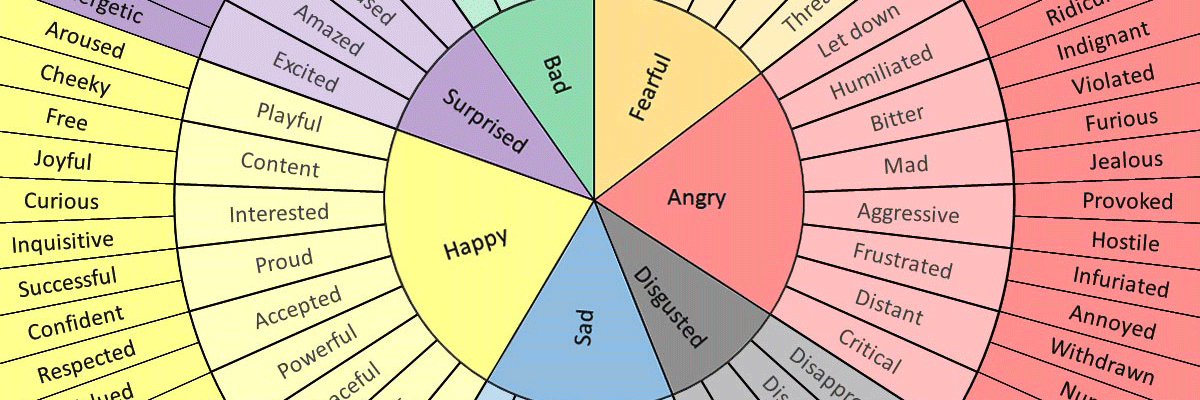
If you just write He was angry, readers get the interpretation of the person without seeing or feeling the anger. If you really want to engage your readers, avoid telling them that your character was angry. Describe the action, expressions, and tone of voice. To do that, you must ask yourself, What does the anger look like?
Example 1: Billy was really mad.
Example 2: With glaring eyes and reddened face, Billy stomped past Janet and slammed the door.
Why is example two better? We didn’t say Billy was angry. We let readers see the picture, and now they know how angry he was, because they can feel it.
Show it by revealing what the anger looked like in actions, expressions, and tone of voice.
You want to move beyond simple smiles and tears, and describe the expressions, posture, and actions that give meaning to what is said. Here are a few ideas that will might help you to show, not tell.
- Aggression: eyes intense, hands on hips, pointing the finger, aiming a hand in the form of a gun, raised fist, finger poked in someone’s chest, a push, finger drawn across the throat like a knife, sitting on someone’s desk, leaning into someone’s space, raised voice
- Anger: clenched lips, flared nostrils, glaring eyes blinking less than normal, reddened face, furrowed raised voice, slammed fist, sudden change in position, thrown objects, stomped foot, voice is high pitch and volume, spoken at a fast rate; brow, eyebrows lowered and drawn together, clenched fist, tightened jaw. lips tightened and turned downward, smile is forced, hands on hips
- Anxiety: furrowed brow, tense cheeks, trembling lips, raised eyebrows drawn together, raised eyelids, showing whites of the eyes, quivering stomach, chest tightness
- Approval, attentive: body leaning forward, eyes in constant contact, head nodding, lips with a genuine smile, open palms
- Bad Smell: pinched nose, head turned away
- Blame Accepted: open hands pulled inward, pointing at one’s chest



